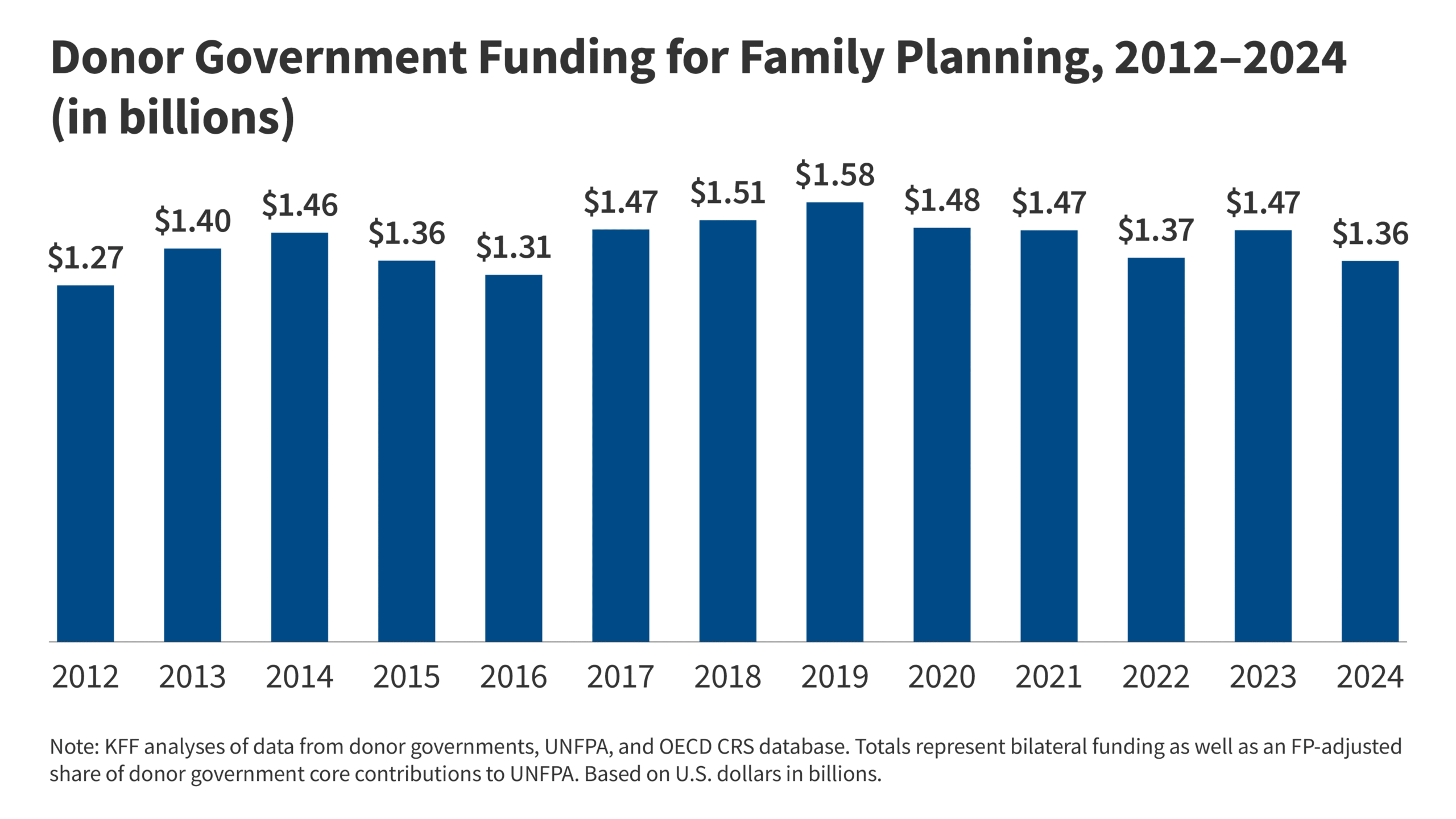We all know that we need to save for retirement. And for some, that is hard. However, for others it is even harder to figure out how to invest for retirement. Investing requires some level of expertise and a way of thinking about money that is not innate for most people. Furthermore, the way you need to think about investing definitely changes as you age.
How to invest for retirement is a very complicated question to answer. We hope the following will help you feel prepared and comfortable to take on any of the unexpected events that life throws at you.
Here are 7 simple tips for how to invest money for retirement and set you up for success:
1. Set Goals
Outcomes are almost always better when you set a goal – retirement investing is no exception.
When you are deciding how to invest your money, you should think about the following:
- Do you want to earn a specific rate of return?
- Are you trying to guarantee that return?
- Is it important for you to protect the original investment amount? Or, will you be okay if you see losses on some of your money?
- What is your time horizon? Will the money stay invested for one year or 50?
- Will you be withdrawing money from the account? How will those withdrawals impact your other goals?
When thinking about investing, you need to have a plan. “You need to recognize the strategy of getting rich vs. staying rich,” says Christopher Girbes-Pierce, founder and CEO of Enlightened Wealth Management, LLC.
This means that you need to evaluate where you are in life. When you are in your working years, you are building wealth by working a job or owning a business, but once you get into your retirement years, it’s all about diversifying your investments to keep your wealth, Girbes-Pierce explains.
2. Match Your Investment to Your Goal (Set Your Target Asset Allocation)
Your financial goals will inform your target asset allocation. Asset allocation is how your assets (money) are allocated (invested) into different types of financial vehicles.
Besides goals, your ideal asset allocation will also involve your risk tolerance and time horizons for needing money.
Your target asset allocation might involve different percentages of the following types of assets:
- Stocks: Stocks can be risky. Investing in stocks can put your original investment amount at risk. However, stocks can offer the highest rates of return.
- Mutual Funds: Mutual funds are a single investment into a range of different companies or investment types. Funds are considered less risky than stocks while still offering a good rate of return.
- Bonds: Bonds can offer a guaranteed rate of return, making them appealing if you need or want security.
- Annuities: Annuities guarantee your income. In most cases, you know exactly what the outcome will be with an annuity, but they are more of an insurance product than an investment.
- Cash: Cash is the lowest risk investment, in some ways. But, the value of cash can decline over time due to inflation. Cash is stable, but not without significant downsides.
3. Diversify
Investing can be like everything else in life – we want it all and we want it right now. Most of us want the best possible return on investment with the least possible risk.
Diversifying your portfolio is a good way to approach that seemingly possible objective.
Diversification refers to the practice of investing some of your money one way and other parts in other ways to give you the possibility of growth while also protecting you from risk. Diversification could be defined as the practice of not putting all of your eggs in one basket. By spreading your investments, you reduce the chance of losing money.
Diversification can refer to investing in different asset classes. It can also refer to being diversified within those classes.
4. Keep Costs Low
Once you have made the decision to diversify your retirement investments, Girbes-Pierce shares that it’s important to stay away from high-cost investments, such as certain types of annuities and actively managed mutual funds.
“The charges that you will incur from just one year of managing a portfolio with an expensive upkeep will eat away at your overall portfolio,” Girbes-Pierce says.
This also applies to investments that are in taxable accounts. If you aren’t maxed out on your IRA and have real estate investments, for example, Girbes-Pierce suggests keeping those funds in your IRA. This way, you won’t pay taxes on it like you would be if you put that investment into a taxable account.
If you aren’t sure what you are paying in investment fees, find out.
Learn more:
5. Be Aware of Your Access to Your Money
Another aspect to be aware of when figuring out how to invest for retirement is how much access you will have to your funds.
“You may get to a point where you want to go on a big vacation and need to take some of your funds out of an annuity, but then when you try to take it out you’re charged a penalty fee,” says Girbes-Pierce.
Many people aren’t aware of these charges when they sign the papers. Be sure to get an answer before you agree to anything. You have the right to know how much access you have to your funds without penalties at any given time, Girbes-Pierce reminds.
6. Rebalance
As discussed in tip #1, it is critically important to establish investment goals and an asset allocation strategy that is suited to achieving your goals.
It is also important that you monitor your accounts and rebalance your investments when your desired asset allocation percentages become out of whack.
Rebalancing is the process of selling some assets and buying others in order to realign your overall investment portfolio to your desired weightings — your desired asset allocation.
Learn more about rebalancing.
7. Understand When It is Time to Shift Your Asset Allocation Strategy
Sometimes you will need to shift your target asset allocation and therefore your investments and projected rates of return.
Why? Well, your goals might change or your risk tolerance could evolve. However, the most common reason that people update their target asset allocation is age.
As you get older, it is often advised that you shift riskier investments to more conservative options. Learn more about the best asset allocations for different ages. Or, explore sample asset allocations. A bucket strategy is another approach to asset allocation.
The NewRetirement Planner allows you to model a change to your future rates of return for each investment account. This gives you better visibility into your future wealth and security if you plan to decrease (or increase) your investment risk.
Publisher: Source link










